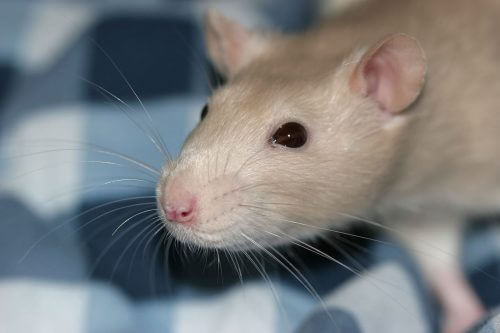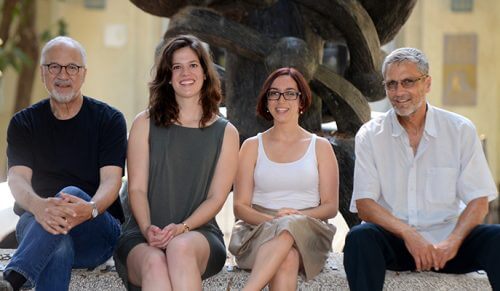Does and how does attention and other mental processes affect sensory perception? Researchers from the Weizmann Institute have revealed a physiological mechanism in rat whiskers that is clearly and visibly activated by attention

A man sits down on the couch in the living room at the end of a long day's work, and turns on the television. Figures and landscapes flicker on the background, but he is generally absorbed in thoughts about the day that has passed and the one that will follow. Suddenly a figure appears on the screen, causing him to momentarily shake off the thoughts that surrounded him, and pay attention to what is in front of his eyes. Or then he realizes that throughout the evening he was staring at a movie he had already seen a few days before. Even without scientific proof, we all feel it: when our attention is given to something, our senses pick up much more details about it. This gut feeling was also confirmed in behavioral studies that examined the relationship between attention and sensory perception.
However, it is difficult to find studies that show an effect of attention on the physiological responses of the sense organs. A new study by Weizmann Institute scientists, SRecently published in the scientific journal Current Biology, Reveals a physiological mechanism that is clearly and visibly activated by attention. The study, which shows a reflexive response in the whiskers of rats, opens the door to a better understanding of the mechanisms of sensory perception.
When we talk about reflexes, we usually think of an automatic and involuntary response. However, as the present study also shows, attention can have a significant effect on reflexive response. Five years ago she was identified in the laboratory of Prof. Ehud Ahisher, from the Department of Neurobiology, a reflexive reaction of the bristles in the whiskers of rats in response to contact with objects, a reaction which was named "touch induced vibration" (TIP - touch induced pump). During this reaction, the bristles of the rats' whiskers, which are a central part of this animal's sensory perception, vibrate at a faster rate, thus doubling the number of contacts with the object they want to explore. Surprisingly, the reaction, which is considered reflexive due to its high speed, was activated only in some of the contacts and not in all.
Dr. Dana Sherman, then a joint research student of Prof. Ahisher and Prof. David Harel from the Department of Computer Science and Applied Mathematics, developed a biological-computational model that has the power to explain why the reflex is activated through neural circuits in the brain stem. In order to understand what determines whether the reflex will be activated following contact with some bone, Dr. Sherman, in collaboration with research student Tess Orem, measured with great precision the behavior of the rats in various situations of exploring objects. Dr. Sherman noticed that when the rats showed a special interest in the object they touched - by turning their head towards it - the chance of a reflexive reaction increased considerably. The findings were unequivocal: while in accidental contact the chance of activating the reflex was less than 30%, in situations where it appeared that the animal was investigating the object with intent, the chance of activating the reflex increased to more than 65%.

When we talk about reflexes, we usually think of an automatic and involuntary response. However, as the present study also shows, attention can have a significant effect on reflexive response
This study presents a complete cycle of perception that starts from the sense organ (in this case the mustache), passes through the brain stem - and at the same time through "higher" processing circuits in the brain, including those that also involve attention - and returns to the sense organ with the activation of the reflex. Prof. Ahisher explains: "According to our research approach, the basic unit of perception is a closed circuit. Therefore, to understand perception processes, one must understand the whole circle. In this study, we present an angle that has not been presented so far in research in this field - a complete circle, which also includes the influence of mental processes on the operation of the more basic circuits." Prof. Achisher thus closes another circle: "In the research in my laboratory, we started 'high' - we probed the cerebral cortex, from there we went down to the brainstem, and finally we reached the rats' whiskers. Now from the ends of the bristles we climb back up. In our view, this form of research also traces evolution: it grew slowly - from the most basic sensing circuits to more and more complex perception circuits."
#Science_Numbers
The rats' whiskers consist of 70 bristles which are arranged in an array of five rows on each side and seven bristles in each row.
